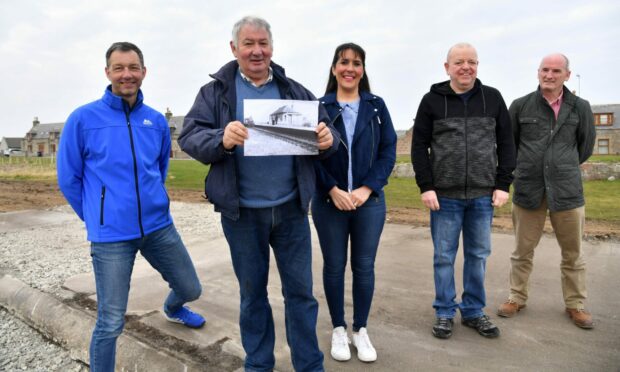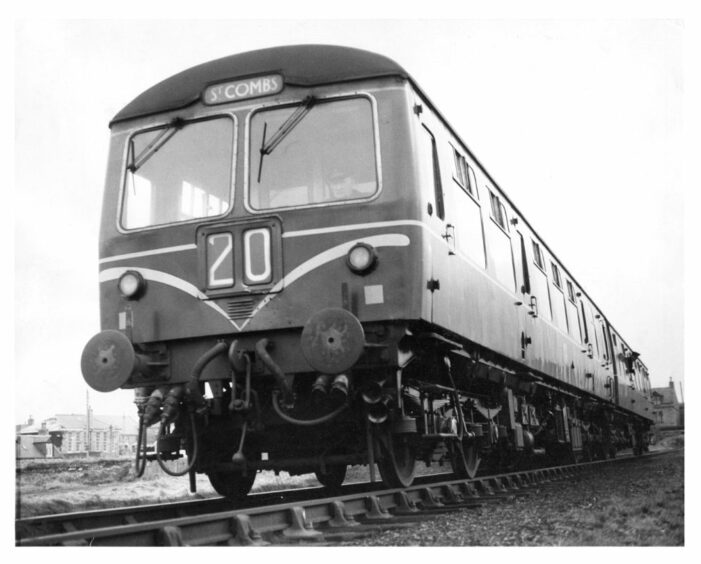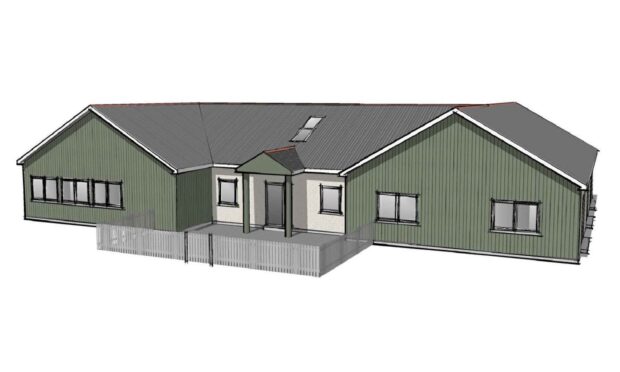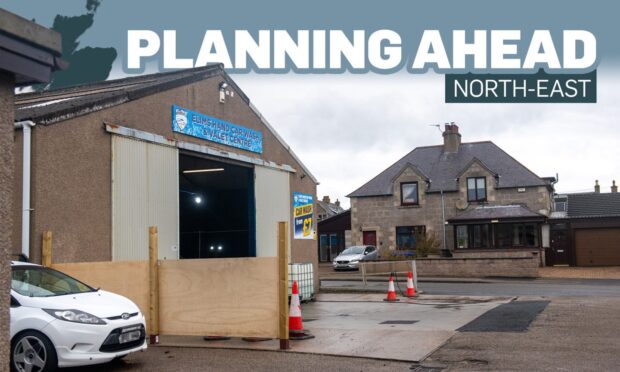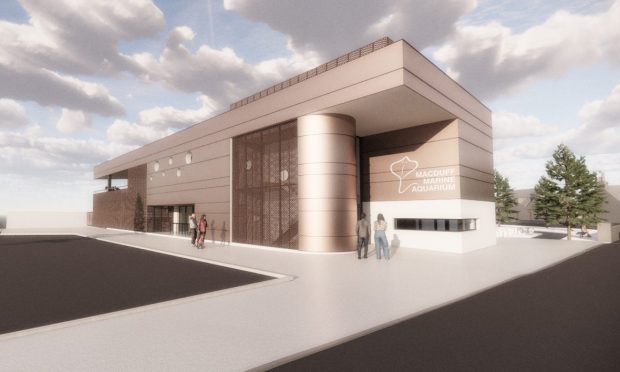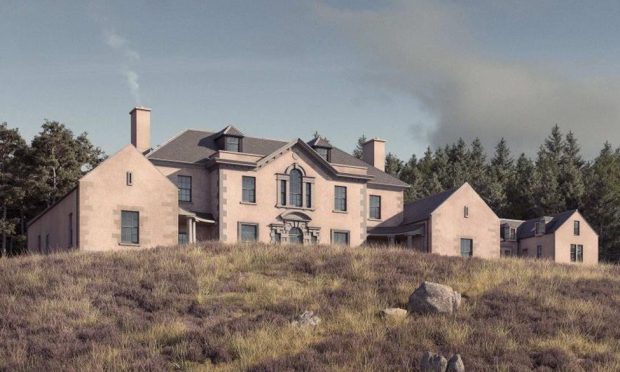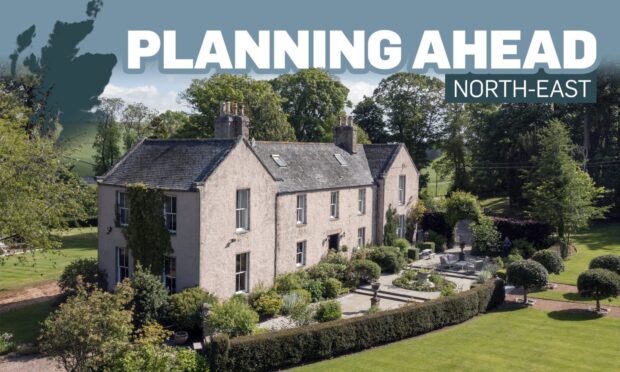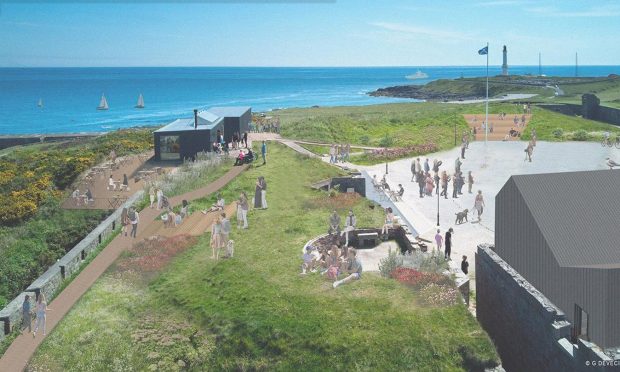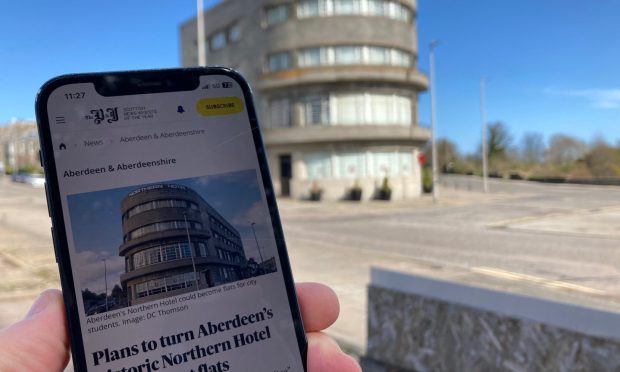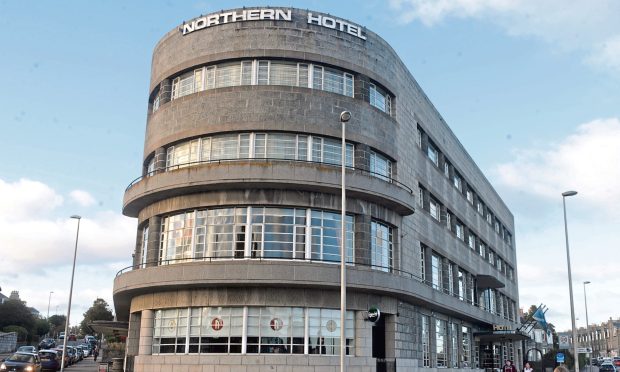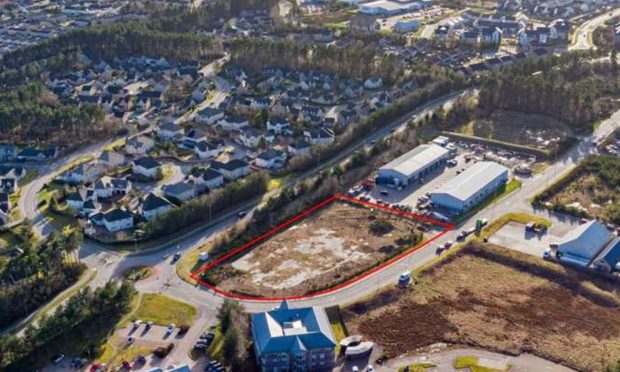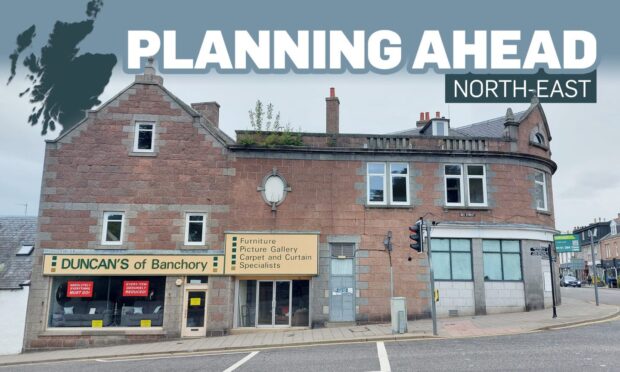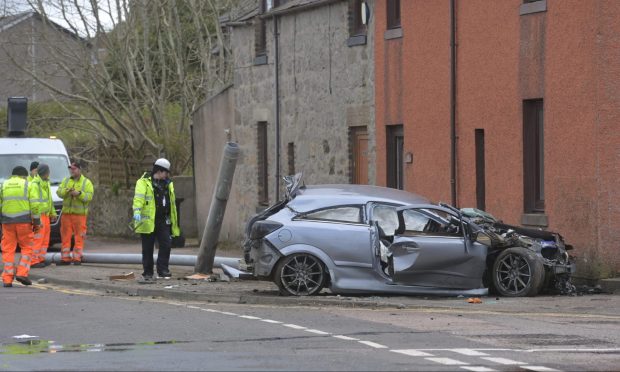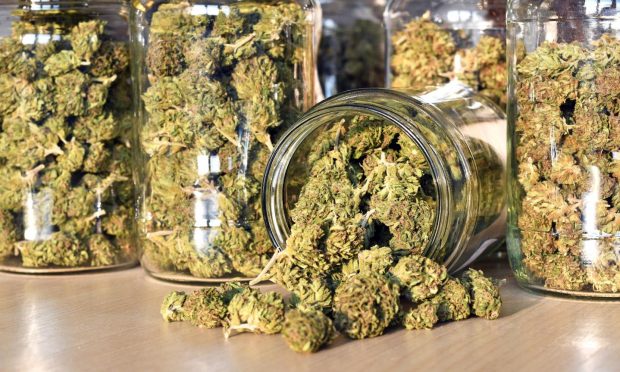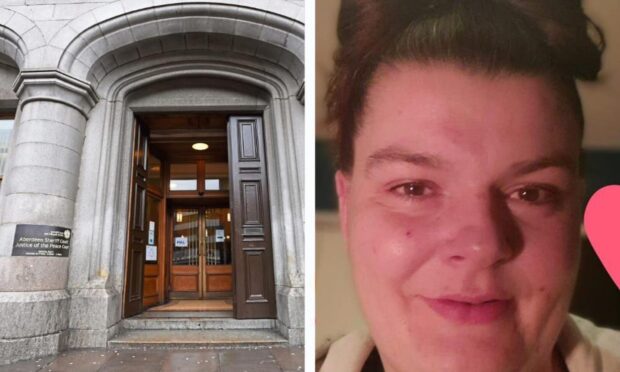The railway tracks between Cairnbulg and Fraserburgh last clacked with the sound of a train in 1965.
The three-mile stretch was part of the last line built by the Great North of Scotland Railway in 1903 but fell victim to the infamous Beeching cuts in 1965.
Since then, despite becoming overgrown and unsteady, it has acted as a bumpy trail linking the two north-east communities.
Now, in plans hatched long before the pandemic but given an added urgency since, Invercairn Community Council is turning it into a £750,000 path.
And within a matter of weeks, the proposal lodged with Aberdeenshire Council has already attracted dozens of letters of support.
Ambitions for Cairnbulg to Fraserburgh path
Group chairman David Donns told us about the need for the upgrades – and the thorny legal knots he needed to untangle to pave the way for work to begin…
David said: “People have been using the rail line as a path anyway, but it’s pretty rough in parts and not really suitable for all abilities.
“The tracks are still there, we will just be building over them.
“We want to pave it over in a way where it could be used as a cycle path, and anyone could enjoy a walk on it.
“It has been a long-term ambition for us, but the biggest hold-up was finding out who owned it.”
Cairnbulg to Fraserburgh path plans delayed when Covid hit
The community group found a few different landowners had no idea sections of the line belonged to them.
David explained: “After it closed in 1965, it was just forgotten about.
“We ended up having to commission studies to eventually find out it was owned by a local family, farmers, and Aberdeenshire Council.
“Of course, Covid then stuck its nose in and delayed things a bit, and it’s taken us three years to get things finalised.
“But since the pandemic there has been much more focus on the benefit of getting outdoors, and making the most of your local area, and this feeds into that.
“And I would imagine some people, if they work in Fraserburgh, will use the path to cycle the three miles there.”
This video shows the tracks the Cairnbulg to Fraserburgh path will be built along:
Path paved with good intentions
And David added: “We have been surprised with the number of people putting in positive comments, nobody has a bad thing to say about it.
“It’ll be a challenge, that’s for sure, but we have plenty of support and are hoping some more local businesses might come forward to sponsor us.”
As well as doing up the path, members have already started clearing up the area around the old station.
What do locals say?
Among the 55 (at last count) supportive messages are people saying it will be an “amazing thing for the community” and “a great way to exercise and take the pram on a walk with my daughter”.
Another states: “This would be great for families, cycling, walking and running in between the village and Fraserburgh.”
And one Inverallochy supporter adds: “It would provide a safe route to Fraserburgh avoiding the potentially hazardous main road.”
The community council is hoping that the bulk of the £750,000 required will come from council and government grants.
You can see the plans here.
